Recraft, the AI lab behind the viral Red Panda model, might be one of the most powerful platforms for generative image creation I've ever used. As well as photorealistic image and even vector graphic generation, it has an impressive editor built around the underlying models.
Shortly before the revelation that Red Panda was in fact Recraft v3 I had the chance to speak to Anna Veronika Dorogush, Recraft founder and CEO to get some insight into what sets the platform apart from others, including Midjourney, Ideogram and even Canva.
From the start, Recraft has been built as an AI design tool rather than an image generator. This includes being able to create consistent styles, editing images and inpainting to ensure you get exactly what you were looking for from the output. Its text rendering it also exceptional. It will be making our list of best AI image models.
Dorogush told me: “You need to build something unique. It's not enough to produce high-quality images, you need to build something that captures people's attention.”
What can you do with Recraft?

Recraft can be used to create images, rendered text, vector graphics and all forms of generative AI art. Its real power is in the editor, which is independent of the models. I was very quickly able to create a poster and edit specific elements to better fit my needs.
The editor, also known as the infinite canvas, has been around for a while but it was the impressive new Recraft v3 (aka Red Panda) that drew more widespread attention to the startup.
Its ability to accurately render text, follow a prompt and create photorealistic images helps Recraft stand out in a very crowded market. Recraft had already established itself as a powerful design platform thanks to the canvas feature and editing functionality.
However, every other major AI platform is also now building editors including Ideogram and Midjourney, and editors like Canva and Illustrator are adding AI — so the new model helps keep it ahead.
Text is the key to improving AI design
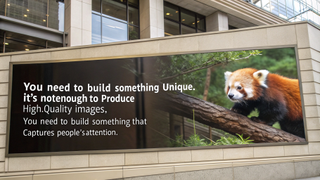
Dorogush told me months of work were put into the new model, including creating a different technique for training data to ensure more accurate output, particularly of text.
“There are two big advancements that we made,” she told Tom’s Guide. “One is the ability to generate long texts,” and the other is aesthetics. The output looks better, styles are more consistent and the realism is a marked improvement on previous generations.
All of this led "Red Panda" to top the AI image generator leaderboards. These involve humans rating the output from two unnamed models from the same prompt. Recraft v3 joined Midjourney, Ideogram and Flux at the top of the chart.
All of the models are generally improving when it comes to aesthetics and realism, but very few manage to accurately render long, or multiple blocks of text. This is a skill required if you are presenting yourself as a design platform rather than just an image generator.
Recraft cracked it with v3. Dorogush explained: “We are using a different technique, and as far as I’m aware we are the only ones currently using this technique. Instead of training the model where you have just the image and the font, we are also inputting the position of the text.”
“We are first predicting the positions of the text, and then we are putting into the model as inputs. The model then has much more information about how to draw text and it's easier for the model to do so.” This also makes it easier to do inpainting edits later on.
What comes next for Recraft?
Unleash your inner surrealist! With Recraft’s inpainting feature, small changes make big art statements. Just select the lasso, outline the area, type the prompt, and click ‘Recraft.’ Magritte would be proud. Start creating: https://t.co/t6beRXHrlG#RecraftAI #red_panda pic.twitter.com/XZvuOUgGGyNovember 7, 2024
Recraft needs to improve character consistency. All AI image models need to work on character consistency and some tackle it through fine-tuning or image references, but it is even more important if you are a company prompting your product to designers.
Imagine you want to create an image for a campaign that features a model. You generate the image of the model — your character — and it looks great, but every subsequent image of the same model looks like a slightly different person. That is the current situation without work on character consistency and it won’t work for professional design settings.
Right now, you're able to generate an image with text or you are able to position text it through specific places. But with inpainting, you will be able to position a textbox and generate inside that area the exact text you want.
Anna Veronika Dorogush“There is work in progress,” when it comes to character consistency, explained Dorogush, adding that she is “very much aware that this is an important problem.” It goes beyond solving it for the model though, as it also includes everything in the image including the product that might be the focus of the campaign.
On short-term solution could be inpainting and outpainting. This is a way to edit an existing AI image (or any image) using artificial intelligence. For example, you could generate a poster with a space for a phone and then use inpainting to adapt the screen after it is generated. This is also useful for editing text once it is generated, as even the best models make mistakes or don’t get the exact font right the first time.
"Over the next few months there will be a bunch of improvements,” Dorogush said. This includes editing functionality. “For example, right now, you're able to generate an image with text or you are able to position text it through the specific places. But with inpainting, you will be able to position a textbox and generate inside that area the exact text you want.”
Other updates coming soon including improved outpainting. “This is very important for production scenarios,” she said. “You can extend the image horizontally or vertically to have the image in different formats for different patterns,” without changing the main focus point.
Final thoughts
Recraft is the latest in a growing line of AI ‘products’. We’re moving from it all being about the model and what it could potentially achieve, to being about creating a real-world product with an actual set of use cases and tools.
Midjourney and Ideogram are moving in this direction with Editor and Canvas. Even ChatGPT now has a canvas for text and code editing and Claude has its projects and Artifacts. This is the direction AI tools will go and the better the underlying model — as we saw with Red Panda — the better the products sitting on top of them can perform.
More from Tom's Guide
- I tried astrophotography on my iPhone 16 Pro Max to shoot galaxies, nebulas, and star clusters — these were my best captures
- How to monitor Apple Intelligence activity on your iPhone
- The widget you've always wanted comes to your Mac menu bar in Sequoia 15.2

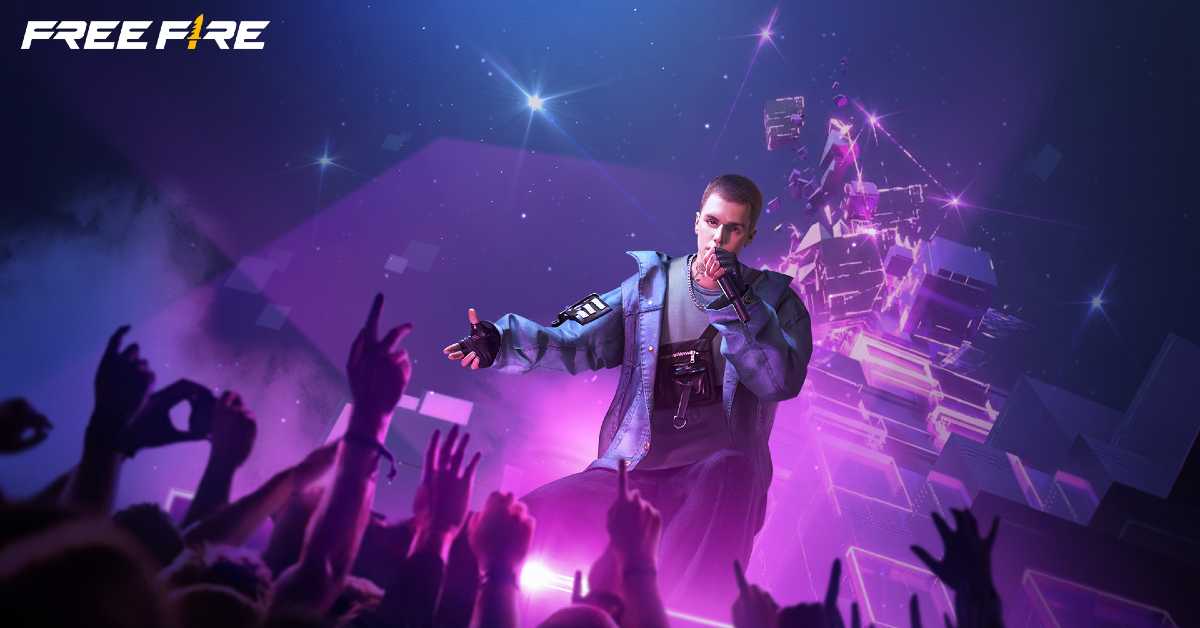

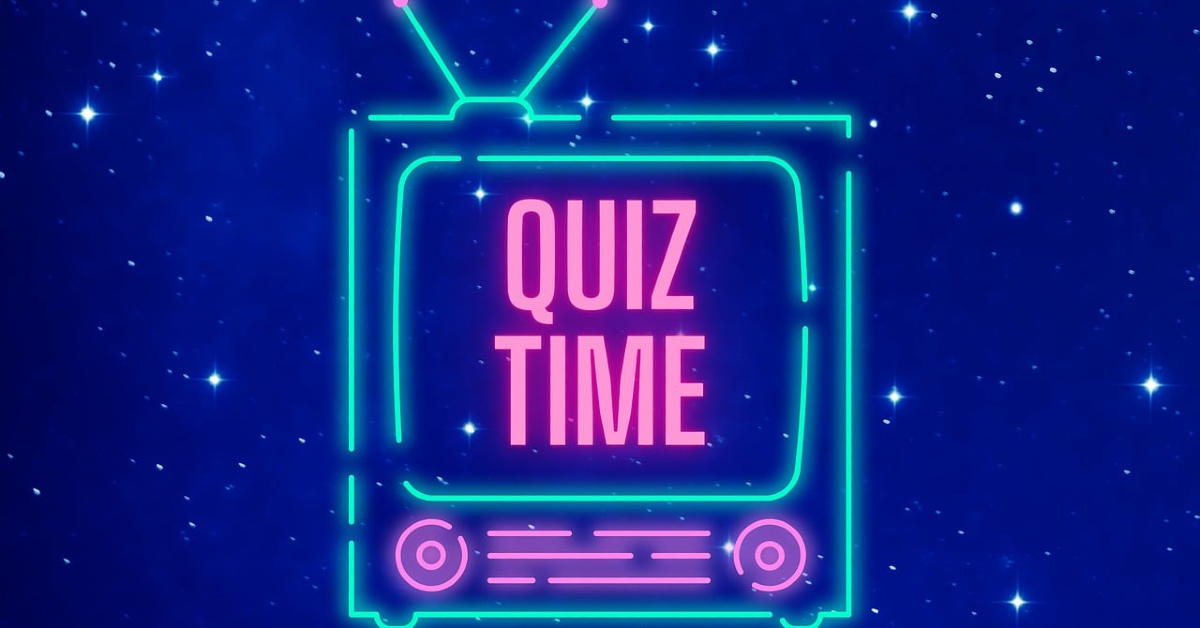
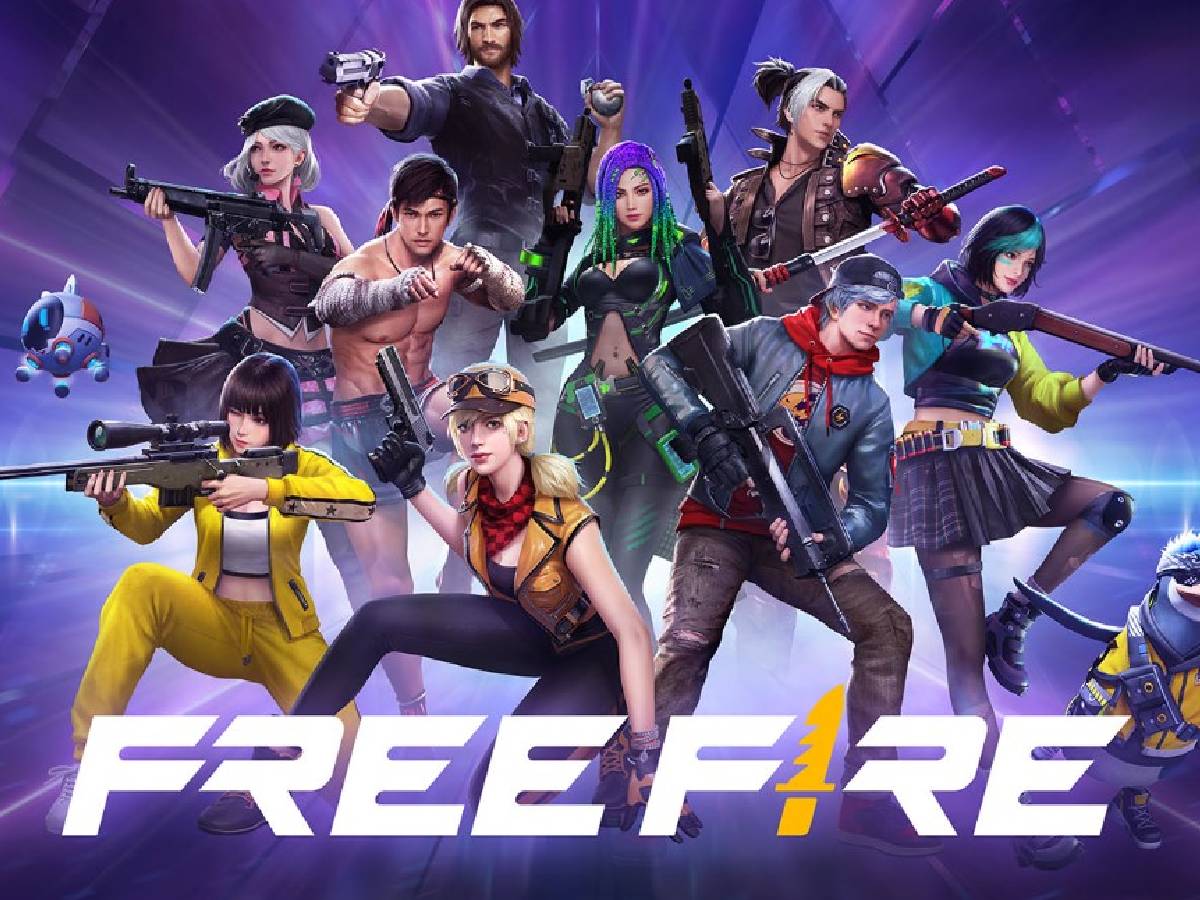

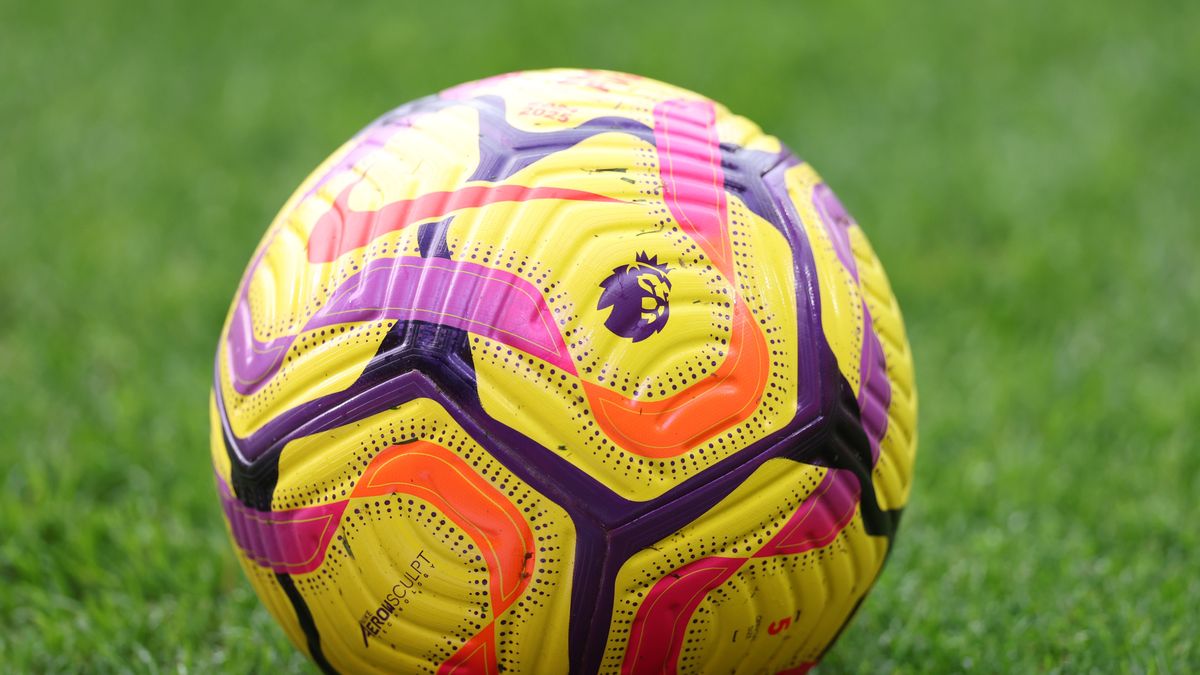
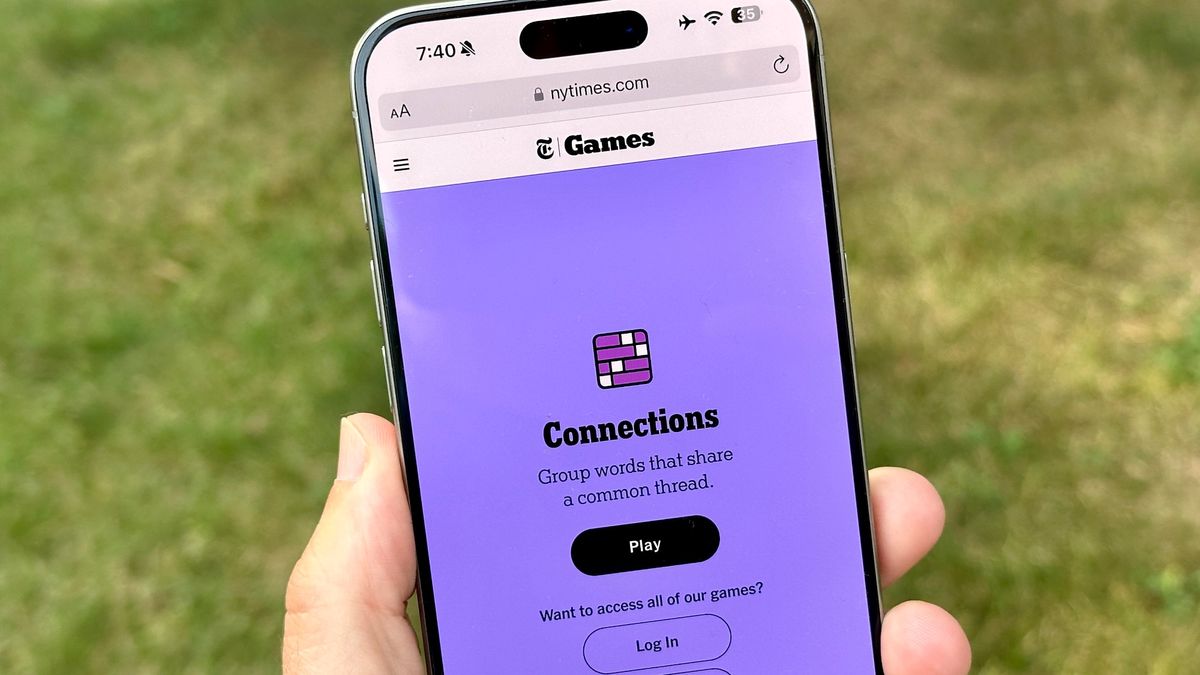

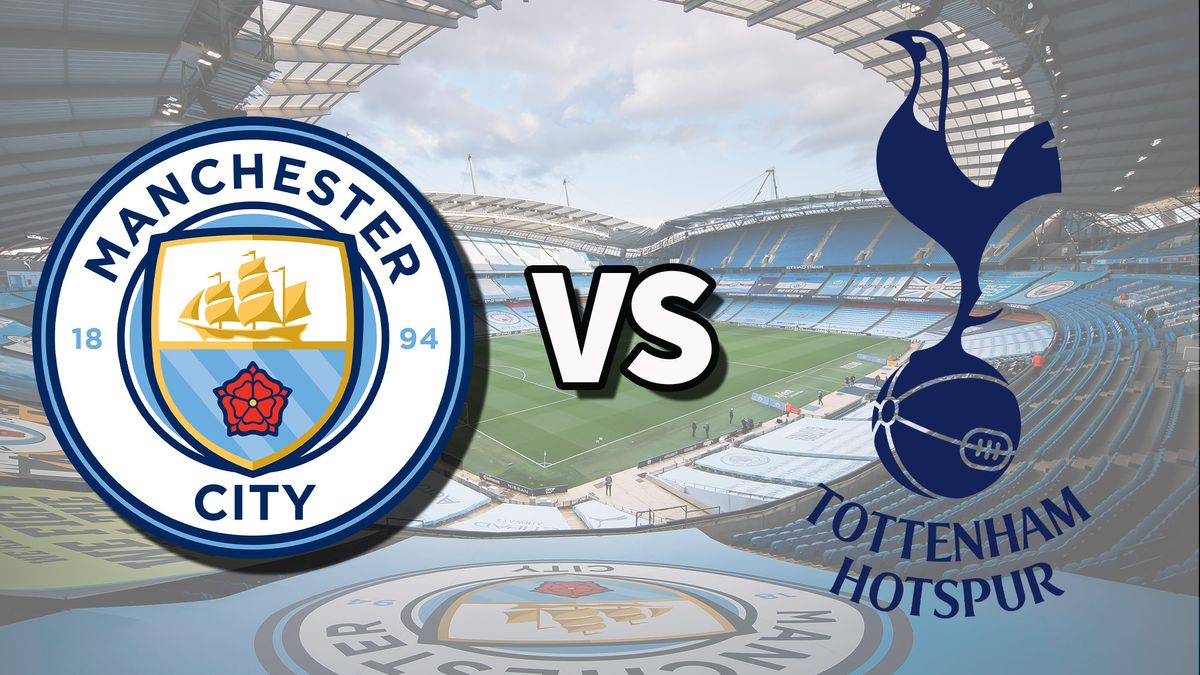
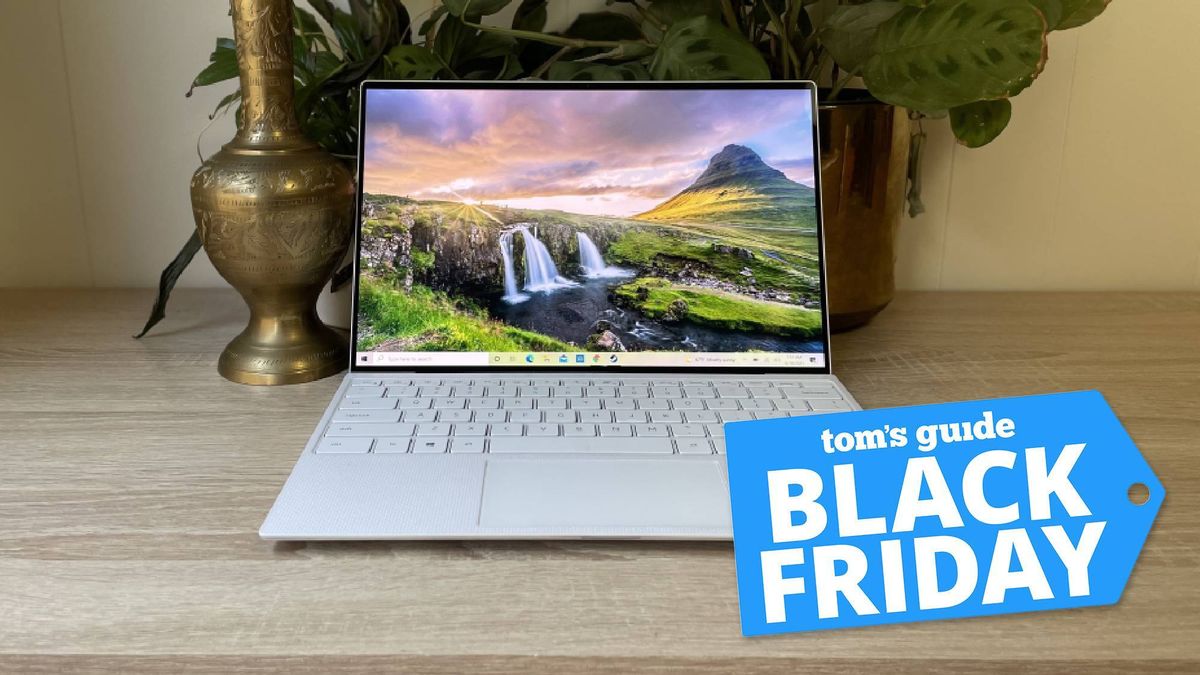
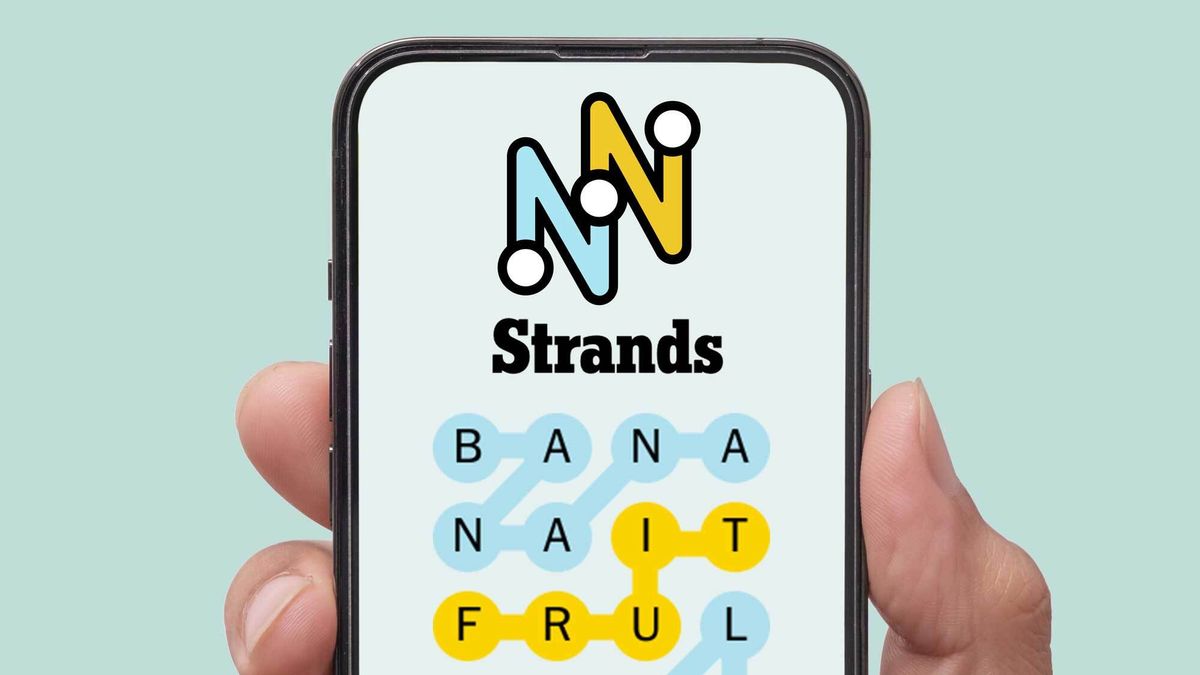









 English (US) ·
English (US) ·